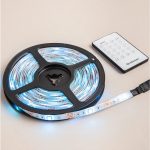LED Light Bulbs: Discover the Low Electricity Consumption of the Future
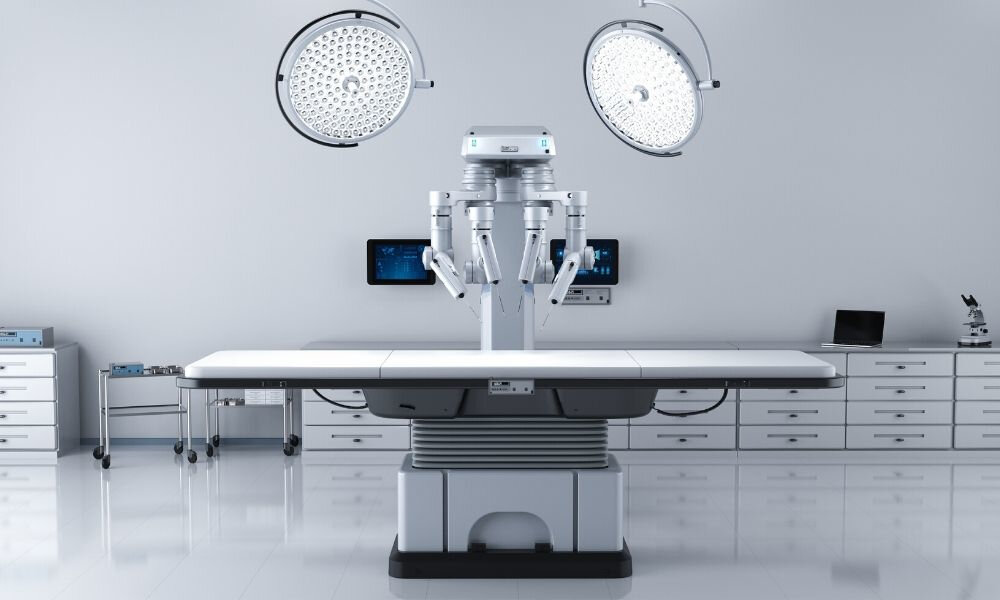
Light Emitting Diode (LED) light bulbs have revolutionized the way we illuminate our homes and workspaces. These energy-efficient bulbs are the future of lighting, and for good reason. LED bulbs consume significantly less electricity than traditional incandescent bulbs, making them an environmentally-friendly and cost-effective choice for all lighting needs. The low electricity consumption of LED bulbs, coupled with their long lifespan and durability, has made them increasingly popular among homeowners and businesses alike. LED bulbs are designed to convert electricity into light more efficiently than incandescent bulbs. Unlike traditional bulbs, which use a filament to produce light, LED bulbs use a semiconductor to generate light. This process results in a significant reduction in energy consumption, as LED bulbs require only a fraction of the electricity needed to power incandescent bulbs. In fact, LED bulbs consume up to 80% less electricity than traditional bulbs, making them an excellent choice for anyone looking to reduce their energy bills and environmental footprint. Additionally, LED bulbs last much longer than traditional bulbs, with an average lifespan of up to 25,000 hours, compared to just 1,000 hours for incandescent bulbs. This means that LED bulbs require fewer replacements, which further reduces their environmental impact and saves users money in the long run.
LED light bulbs are a modern lighting solution that has gained immense popularity in recent years. These bulbs are designed with Light Emitting Diodes (LEDs) that emit light when an electric current passes through them. They are highly energy-efficient and consume less electricity than traditional incandescent bulbs, which makes them an eco-friendly and cost-effective lighting option. LED bulbs are available in various colors, shapes, and sizes, and they can be used for a range of applications from residential to commercial settings. They have a longer lifespan than other types of bulbs, are durable, and produce brighter light. The widespread adoption of LED light bulbs is a significant step towards reducing the carbon footprint and preserving the environment.
The importance of energy-efficient lighting cannot be overstated. LED light bulbs, in particular, offer a low electricity consumption of the future, which can significantly reduce energy costs and help to protect the environment. Conventional incandescent bulbs can waste up to 90% of their energy as heat, whereas LED bulbs are much more efficient, converting up to 90% of their energy into light. This not only means lower energy bills for consumers, but also reduces the strain on power plants and decreases greenhouse gas emissions. Moreover, LED bulbs last much longer than traditional bulbs, which means less frequent replacement and less waste. By switching to energy-efficient lighting, we can all contribute to a more sustainable and brighter future.
How LED Light Bulbs Work
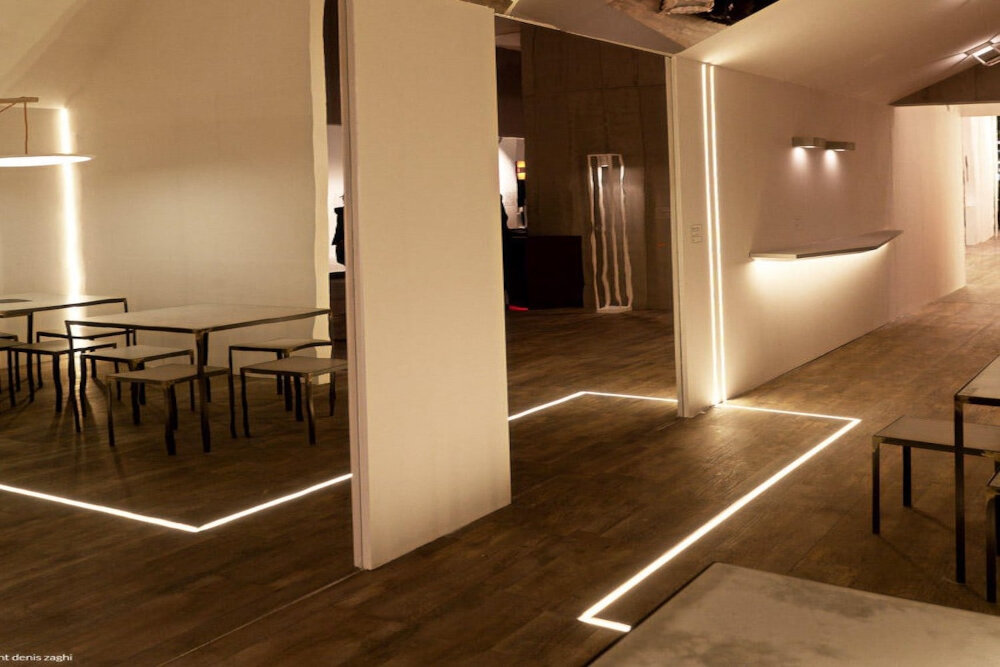
LED light bulbs have become increasingly popular in recent years due to their energy efficiency and long lifespan. Unlike traditional incandescent bulbs that produce light by heating a filament, LED bulbs produce light by passing an electric current through a semiconductor material. This process is called electroluminescence and results in the production of light that is not only brighter but also more efficient. Because LED bulbs do not produce heat like incandescent bulbs, they are less likely to cause a fire and are safer to use in enclosed spaces. LED bulbs also have a longer lifespan than traditional bulbs, which means they can last up to 25 times longer than incandescent bulbs. This is because LED bulbs do not have a filament that can burn out, but rather a semiconductor material that gradually wears down over time. LED bulbs also come in a variety of colors, making them perfect for use in decorative lighting applications. Overall, LED bulbs are a great investment for anyone looking to save money on their energy bill and reduce their carbon footprint.
LED technology, or Light Emitting Diode technology, is a highly efficient and environmentally friendly alternative to traditional incandescent or fluorescent light bulbs. LED bulbs work by passing an electric current through a semiconductor material, which then emits light. Unlike incandescent bulbs, which generate light by heating a filament, LED bulbs produce light without generating heat, making them much more energy-efficient. LED bulbs are also incredibly long-lasting, with some models boasting a lifespan of up to 25,000 hours. Additionally, LED bulbs are available in a wide range of colors and brightness levels, making them a versatile and adaptable lighting option for any space. With their low electricity consumption and long lifespan, LED bulbs are the perfect choice for anyone looking to reduce their carbon footprint and save money on their energy bills.
Compared to traditional incandescent bulbs, LED light bulbs are a revolutionary technology that offer significant advantages in terms of energy efficiency, longevity, and environmental impact. While incandescent bulbs emit light by heating a filament, LED bulbs use a semiconductor to convert electricity into light, resulting in a much lower electricity consumption. This not only reduces energy costs but also reduces carbon emissions and helps to conserve natural resources. LED bulbs also have a much longer lifespan than incandescent bulbs, which need to be replaced frequently. In addition, LED bulbs are more durable and resistant to shock and vibration, making them ideal for use in a variety of applications, from home lighting to industrial settings. Overall, LED light bulbs represent a major step forward in lighting technology, offering a sustainable and cost-effective solution for the future.
LED bulbs are becoming increasingly popular due to the numerous benefits they offer. One of the most significant advantages of using LED bulbs is their low electricity consumption. LED bulbs use up to 85% less energy than traditional incandescent bulbs, making them an energy-efficient option. This translates into lower energy bills and a reduced carbon footprint. Additionally, LED bulbs last significantly longer than other bulbs, reducing the need for frequent replacements. They also emit less heat, making them a safer option for households with children and pets. Overall, switching to LED bulbs is a cost-effective and environmentally friendly decision that can benefit both households and businesses alike.
Energy Efficiency of LED Light Bulbs
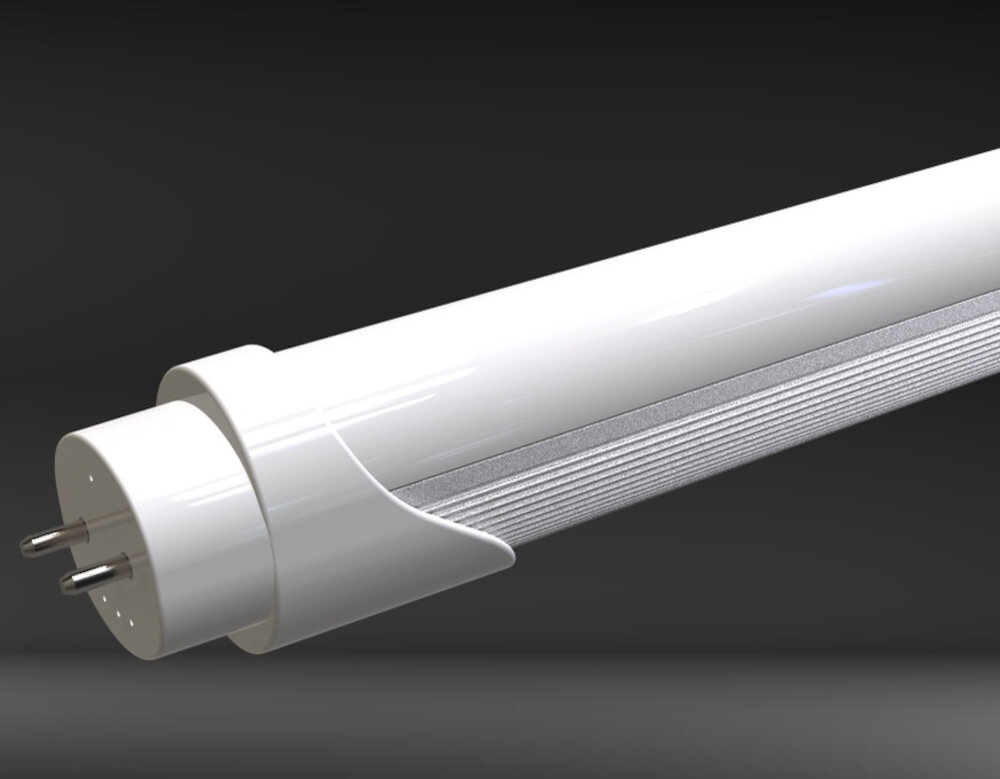
LED light bulbs are revolutionizing the way we use energy in our homes and businesses. Unlike traditional incandescent bulbs, which rely on heat to generate light, LED bulbs use a semiconductor to produce light. This technology makes LED bulbs much more energy-efficient than traditional bulbs, using up to 80% less electricity. This means that not only do LED bulbs last longer, but they also reduce the amount of energy needed to light our homes and businesses, saving us money on our electricity bills and reducing our carbon footprint. LED bulbs also offer a range of other benefits beyond energy efficiency. They emit less heat, making them safer to use and reducing the load on air conditioning systems. LED bulbs also come in a variety of colors and can be dimmed, giving users greater control over their lighting choices. With all of these advantages, it’s no wonder that LED bulbs are becoming the go-to choice for homeowners, businesses, and governments around the world. As we continue to look for ways to reduce our energy consumption and combat climate change, LED bulbs offer a simple yet effective solution that can make a big difference.
LED light bulbs are touted as the future of lighting due to their low electricity consumption. In comparison to traditional incandescent bulbs, LED bulbs consume up to 80% less energy, making them a more sustainable and cost-effective option. This is because LED bulbs convert almost all of the energy they consume into light, whereas traditional bulbs waste a significant amount of energy as heat. LED bulbs are also more durable and long-lasting, with a lifespan of up to 25,000 hours compared to the average 1,000 hours of an incandescent bulb. As a result, switching to LED bulbs can significantly reduce energy consumption and overall electricity costs, making them an attractive option for both residential and commercial use.
LED light bulbs are the future of lighting technology, and their cost savings are one of the main reasons why. LED bulbs are highly energy-efficient, using up to 80% less energy than traditional incandescent bulbs. This means that not only do they save on electricity bills, but they also last longer, reducing the need for replacements. Additionally, LED bulbs produce less heat, which means lower cooling costs during the summer months. The initial cost of LED bulbs may be slightly higher than traditional bulbs, but the long-term savings more than make up for it. LED bulbs are a smart investment for anyone looking to save money on their energy bills while reducing their carbon footprint.
The adoption of energy-efficient lighting such as LED light bulbs has significant environmental benefits. LED bulbs consume much less electricity than traditional incandescent bulbs, leading to a reduction in greenhouse gas emissions resulting from power generation. Additionally, LED bulbs last longer and require less frequent replacement, reducing waste generated from discarded bulbs. This means that fewer resources are needed to manufacture new bulbs, thereby reducing the carbon footprint of the lighting industry. Furthermore, LED lighting does not contain toxic materials like mercury, which are harmful to both human health and the environment. As such, the adoption of energy-efficient lighting is a clear path towards mitigating climate change and reducing the ecological impact of human activities.
Choosing the Right LED Light Bulbs
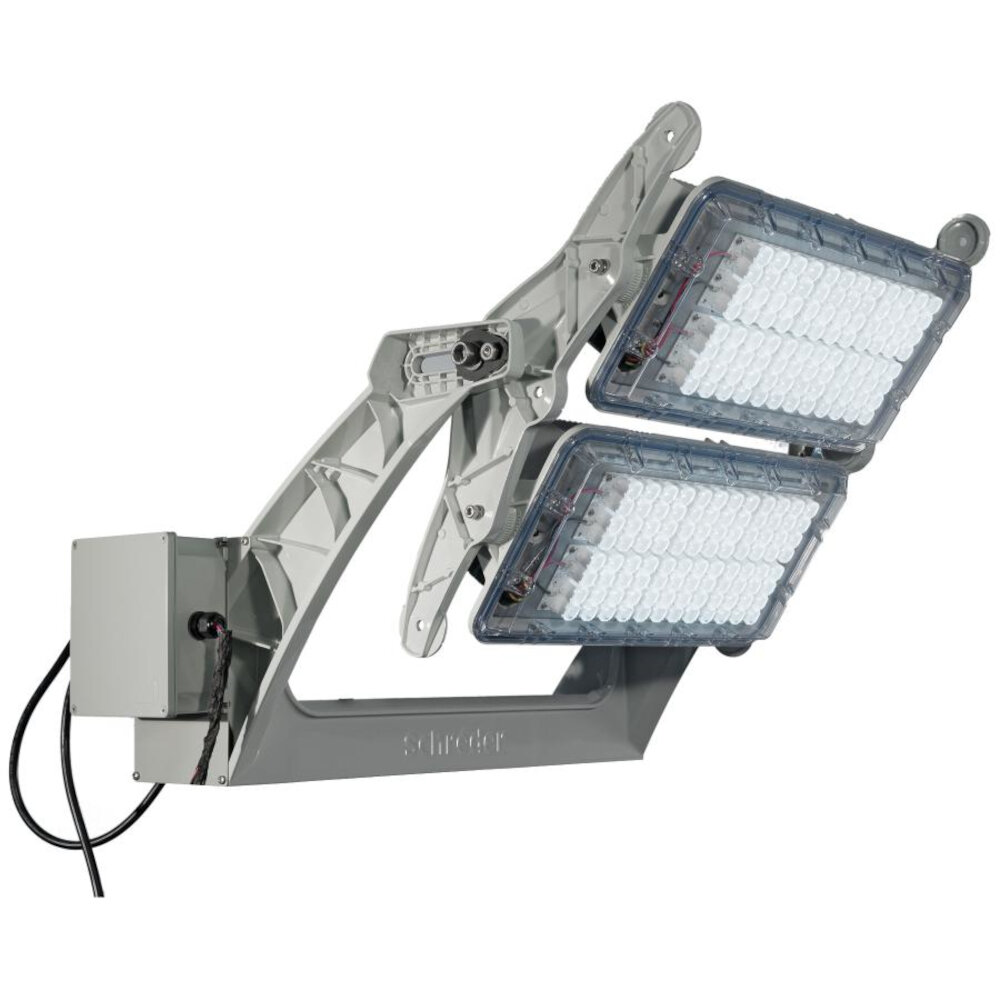
Choosing the right LED light bulbs is essential for both saving money and reducing energy usage. LED bulbs offer a great option for anyone looking to switch from traditional incandescent or fluorescent bulbs. However, with so many options available, it can be a daunting task to know which one to choose. When selecting LED bulbs, it is important to consider factors such as brightness, color temperature, and wattage. Brightness is an important factor to consider when choosing LED bulbs. The brightness of an LED bulb is measured in lumens, and the higher the number of lumens, the brighter the bulb will be. It is important to choose the right level of brightness for the space you are lighting. A bulb that is too bright may cause discomfort or glare, while a bulb that is too dim may not provide sufficient light. Another factor to consider when choosing LED bulbs is color temperature. The color temperature of a bulb is measured in Kelvins and refers to the warmth or coolness of the light. Lower Kelvin ratings indicate warmer light, while higher Kelvin ratings indicate cooler light. It is important to choose the right color temperature for your space. For example, warm white light is often used in living spaces to create a cozy atmosphere, while cool white light is often used in workspaces to promote productivity. Finally, it is important to choose LED bulbs with the right wattage. LED bulbs use significantly less wattage than traditional bulbs while still providing the same level of brightness. By choosing LED bulbs with the right wattage, you can reduce your energy usage and save money on your electricity bill.
Wattage and lumens are two important terms to understand when it comes to LED light bulbs. Wattage refers to the amount of energy that the bulb uses, with lower wattage bulbs using less electricity than higher wattage bulbs. Lumens, on the other hand, refer to the amount of light that the bulb produces, with higher lumen bulbs producing brighter light. When choosing an LED light bulb, it is important to consider both wattage and lumens in order to find a bulb that is both energy-efficient and provides adequate light for your needs. By understanding the relationship between wattage and lumens, you can make informed decisions about your lighting choices and enjoy the benefits of low electricity consumption.
Color temperature and Color Rendering Index (CRI) are two essential parameters that determine the quality of light sources, including LED light bulbs. Color temperature is a measure of the warmth or coolness of the light emitted by a bulb, usually measured in degrees of Kelvin (K). A lower color temperature indicates a warmer or more yellowish light, while a higher color temperature indicates a cooler or bluer light. On the other hand, CRI measures the ability of a light source to accurately render colors compared to natural daylight. A high CRI means that colors appear more natural and vivid, while a low CRI can cause objects to appear dull or distorted. Both color temperature and CRI are crucial considerations when selecting LED light bulbs as they can significantly affect the ambiance and functionality of a space.
When it comes to choosing the right LED bulbs for your needs, there are several factors that you should consider. First, you should consider the brightness of the bulb. Look for lumens, not watts, as this will give you a better idea of how bright the bulb actually is. Next, consider the color temperature of the bulb. This can range from warm to cool, so it’s important to choose a temperature that suits your needs. Additionally, consider the bulb’s lifespan and energy efficiency. LED bulbs are known for their long lifespan and low electricity consumption, so look for bulbs with a high efficiency rating. Finally, consider any additional features that you may need, such as dimming capabilities or smart home compatibility. By taking all of these factors into account, you can choose the right LED bulbs for your needs and enjoy the many benefits that they have to offer.
Common LED Light Bulb Myths
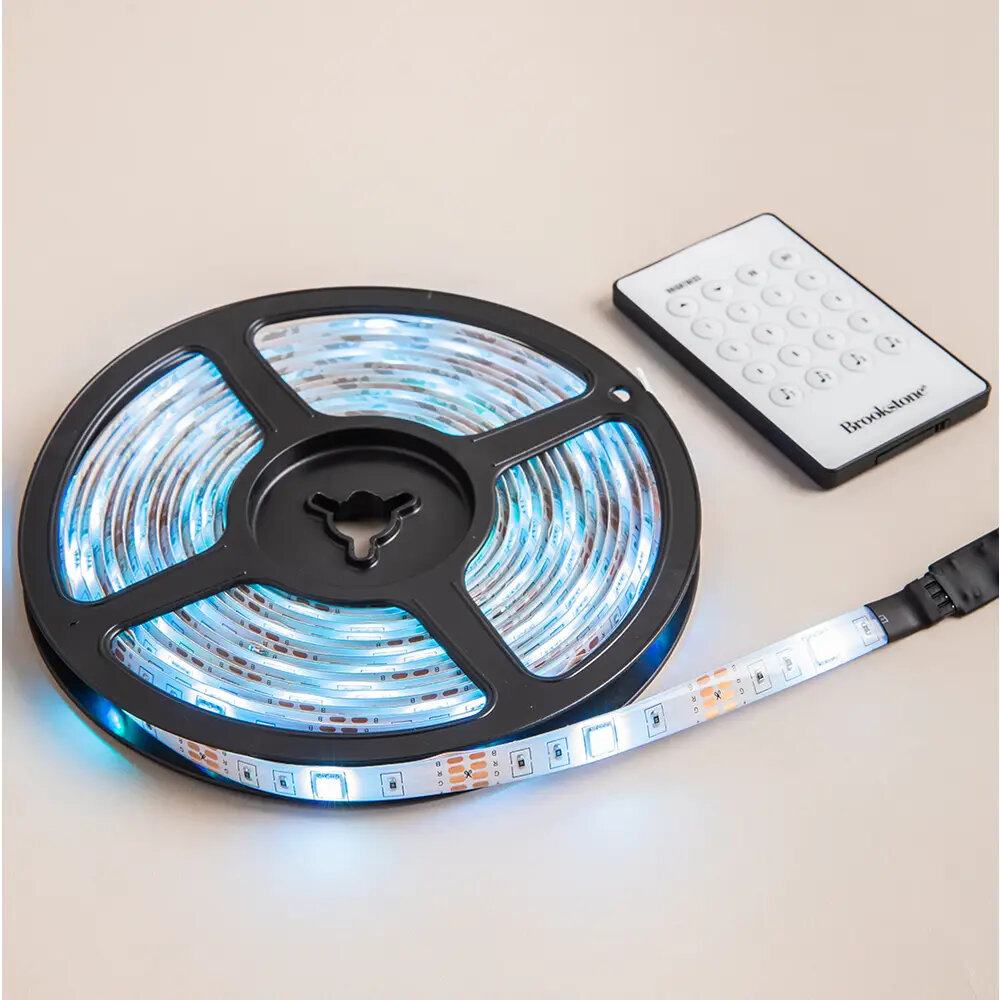
There are several myths surrounding LED light bulbs that have been perpetuated over time. One of the most common misconceptions is that LED bulbs are too expensive to be worth the investment. While it is true that LED bulbs may be more expensive than traditional light bulbs upfront, they are actually more cost-effective in the long run. This is because LED bulbs consume significantly less electricity and have a much longer lifespan than traditional bulbs, making them a more sustainable and eco-friendly option. Additionally, LED bulbs do not emit heat, which means that they are safer to use and do not contribute to increased air conditioning costs. Another common myth about LED bulbs is that they do not provide sufficient light. While this may have been true in the past, modern LED bulbs are now just as bright as traditional light bulbs. In fact, LED bulbs are available in a range of brightness levels, from soft warm white to bright daylight. Additionally, LED bulbs produce less glare than traditional bulbs, making them easier on the eyes and better for overall eye health. LED bulbs are also available in a range of colors, making them a versatile option for any lighting need.
One of the most common myths surrounding LED bulbs is that they are too expensive to purchase. While LED bulbs may have a slightly higher upfront cost compared to traditional incandescent bulbs, the long-term savings in electricity costs and replacement bulbs far outweigh the initial investment. Additionally, the cost of LED bulbs has significantly decreased in recent years, making them more accessible and affordable for consumers. LED bulbs also have a longer lifespan than traditional bulbs, so the need for frequent replacements is greatly reduced, ultimately saving you money in the long run. Don’t let the misconception that LED bulbs are too expensive deter you from making the switch to this energy-efficient lighting option.
There is a common misconception that LED bulbs don’t produce enough light, but this couldn’t be further from the truth. In fact, LED bulbs are known for their high efficiency and brightness, making them an excellent alternative to traditional incandescent bulbs. Not only do they use significantly less electricity, but they also produce a bright and clear light that is perfect for any room in your home. With a wide range of colors and temperatures available, LED bulbs are a versatile and eco-friendly choice that can help you save money on your electricity bill while also reducing your carbon footprint. Don’t let this myth hold you back from experiencing the benefits of LED lighting for yourself.
One common myth about LED bulbs is that they are difficult to install. However, this is far from the truth. In fact, LED bulbs are designed to be easy to install and can be done in just a few simple steps. Just like traditional light bulbs, they fit into standard light fixtures, and there is no need for any special wiring or tools. LED bulbs also come with clear instructions, making the installation process even simpler. Not only are LED bulbs easy to install, but they also offer a range of benefits, from energy efficiency to longer lifetimes, making them a smart choice for any home or business.
There are several myths surrounding LED light bulbs that are simply not true. Firstly, some people believe that LED lights are not as bright as traditional incandescent bulbs, but this is not the case. In fact, LED bulbs can produce the same amount of light, if not more, than their older counterparts. Another myth is that LED bulbs are too expensive, but the truth is that the initial cost is offset by the fact that they use significantly less energy, leading to lower electricity bills in the long run. Additionally, some people think that LED bulbs are difficult to find or not as widely available as traditional bulbs, but this is not true either. LED bulbs are becoming more and more common in stores and online, making it easier than ever to switch to this energy-efficient lighting solution.
LED bulbs are an excellent alternative to traditional lighting options due to their numerous benefits. Firstly, LED bulbs are highly energy-efficient, consuming up to 80% less electricity than traditional incandescent bulbs, which translates to significant energy savings and lower electricity bills. Secondly, LED bulbs have a longer lifespan, lasting up to 25 times longer than incandescent bulbs. This not only reduces the need for frequent replacements but also minimizes the amount of waste produced. Additionally, LED bulbs emit less heat, making them safer and cooler to touch. They also come in a range of colors and designs, allowing for greater creativity and customization of lighting options. Finally, LED bulbs are environmentally friendly, as they do not contain any hazardous materials such as mercury, which means they can be safely disposed of without causing harm to the environment. Overall, LED bulbs are a practical, cost-effective, and sustainable lighting solution that offers numerous benefits.
In today’s world, energy efficiency is a prime concern for both individuals and governments. With the growing electricity demand, it is crucial to adopt sustainable practices to reduce energy consumption and protect the environment. Energy-efficient lighting is one of the most significant steps towards this goal. LED light bulbs are becoming increasingly popular as they consume less energy and have a longer lifespan than traditional incandescent bulbs. This move towards energy-efficient lighting not only saves money for individuals and businesses but also reduces the carbon footprint on the environment. The future of sustainable lighting is bright, and it is essential to embrace it for a greener and healthier planet.
LED light bulbs are the future of energy-efficient lighting, and switching to them can bring significant cost savings and environmental benefits. LED bulbs use up to 80% less energy than traditional incandescent bulbs and last up to 25 times longer, reducing the need for frequent replacements. This translates to lower electricity bills and less waste in landfills. Additionally, LED bulbs do not contain toxic materials like mercury, making them safer for disposal and the environment. By making the switch to LED bulbs, not only are you contributing to a greener planet, but you are also making a smart financial decision that can benefit you in the long run.
Conclusion
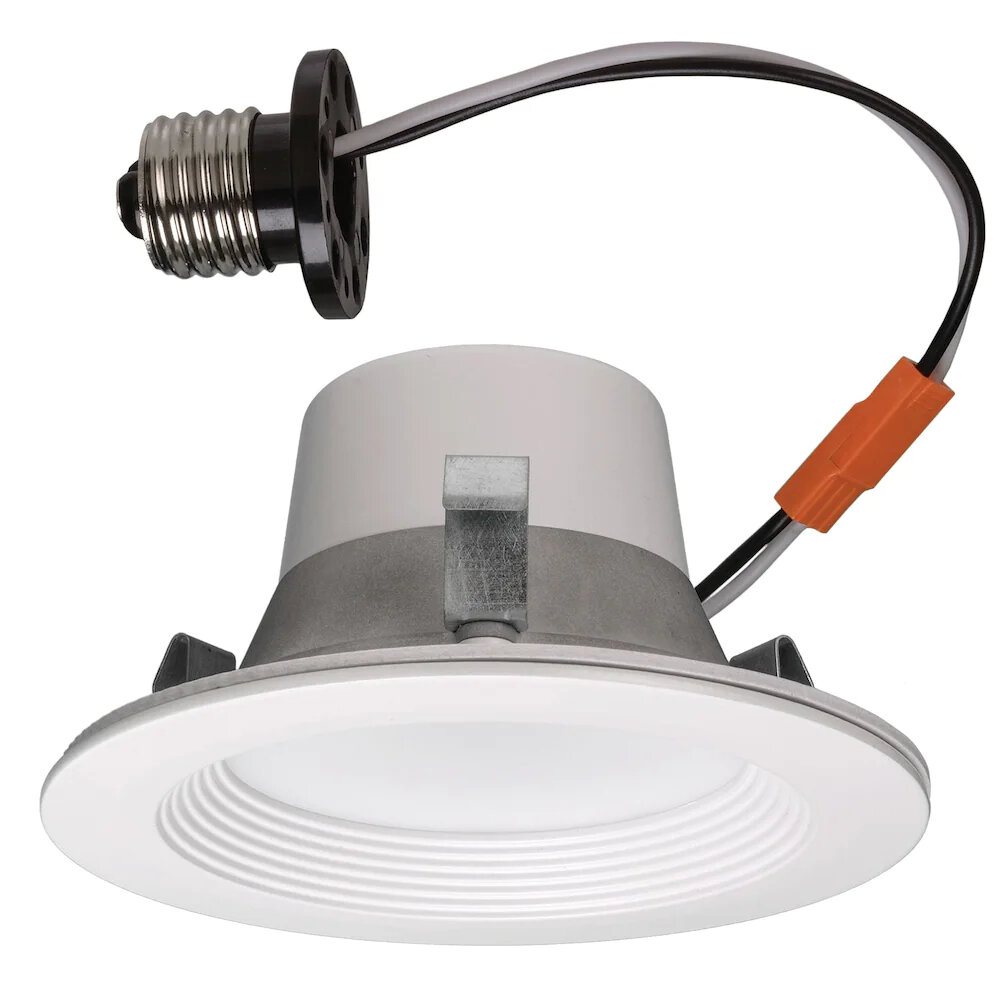
In conclusion, LED light bulbs have revolutionized the lighting industry with their low electricity consumption, long lifespan, and environmental benefits. They are the future of lighting and are rapidly replacing traditional incandescent and fluorescent bulbs. LED technology has come a long way, and now there are LED bulbs available for every lighting need, from indoor to outdoor, decorative to functional. By switching to LED bulbs, we not only save on our electricity bills but also contribute to reducing carbon emissions and preserving our planet’s natural resources. It’s time to make the switch to LED and embrace a brighter, more energy-efficient future.


